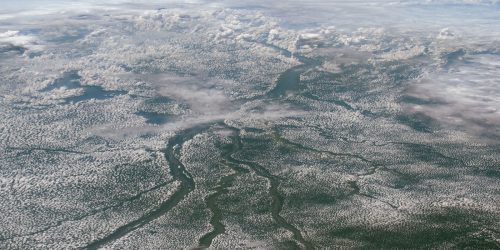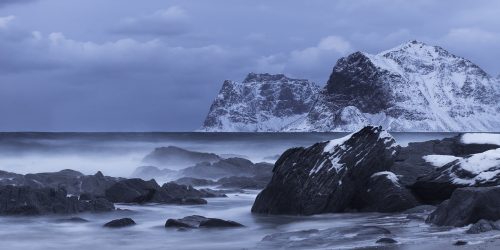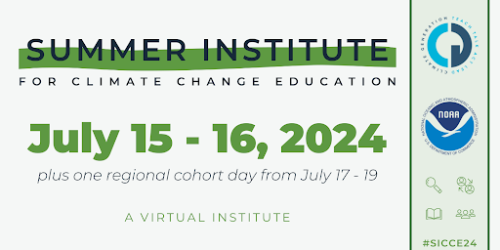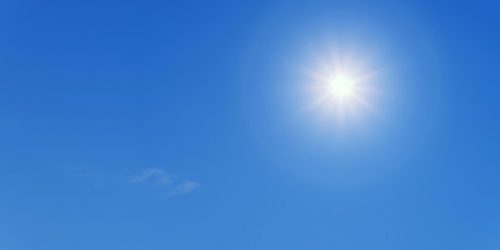NOAA’s Atmospheric Chemistry. Carbon Cycle, and Climate (AC4) Program is funding 10 new 3-year projects that aim to explain trends, patterns and extremes detectable in the existing long – term observational records of atmospheric composition. The competitively selected projects total $5 million over three years, including $4 million in grants and $1 million in other awards.
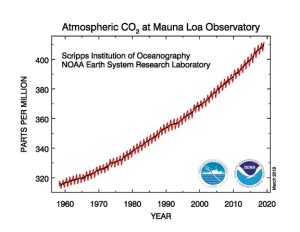
Understanding changes in our environment to make sound policy decisions requires high-quality observations. For example, observations of the atmosphere’s chemical composition, such as of ozone, are crucial for understanding changes in air quality and climate. In addition, information derived from analyzing these data serves as an important foundation for improving climate models and predictions, and ultimately helping our Nation plan for and respond to impacts.
The 10 new AC4 Program-supported projects will produce quantitative analyses by explaining trends, patterns and extremes detectable in the existing long – term records of atmospheric composition. There is a wide range of atmospheric chemical species with long – term monitoring records, which is reflected in the diversity of projects. In addition to several projects focused on carbon dioxide and methane, other projects will study ozone (tropospheric and stratospheric), aerosols, dust, hydroxyl radical and others. Results from these projects aim to demonstrate the intrinsic value of long-term monitoring.
Some features that the projects will explore in observational records include:
- factors influencing gradients of the long- term trends;
- patterns, anomalies, and extremes in long- term trends;
- intra- and interannual variability and change;
- changes in the amplitude of seasonal cycles; and
- local or regional changes in the long- term trends.
By explaining trends and patterns in long-term records, the new research will address several specific questions, including: leveling off and rise in global methane concentrations; sources and sinks of carbon dioxide, especially the connection between drought and carbon dioxide uptake; atmosphere’s ability to remove harmful chemicals – trends in hydroxyl radical; the status of ozone layer recovery; as well as the increasing connection between air quality and drought.
The ten new projects supported by AC4 in the FY19 competition are:
- “Mapping the Global Variability of Tropospheric Oxidizing Capacity” – PI: Glenn Wolfe, University of Maryland, Baltimore County, co-PI: Julie Nicely, University of Maryland, College Park
- “A 10-Year Analysis of North American Anthropogenic and Biospheric CO2 Fluxes from Network Observations of D14CO2 and CO2 – PI: Scott Lehman, University of Colorado, co-PI: Kevin Gurney, University of Northern Arizona
- “Diagnosis of North American CO2 and CH4 Fluxes with the Expanded In Situ Measurement Network” – PI: Kenneth Davis, Pennsylvania State University, co-PI: Arlyn Andrews, NOAA/ESRL Global Monitoring Division
- “Understanding Three Decades of Terrestrial Carbon Exchange and Vegetation Drought Dynamics through Inverse Modeling of Globally Distributed Records of Atmospheric Carbon-13 and CO2” – PI, John Miller, NOAA/ESRL Global Monitoring Division, co-PI: Wouter Peters, Wageningen University
- “Status of Ozone Recovery Detected in NOAA Ground-Based and Satellite Ozone Records” – PI: Irina Petropavlovskikh, University of Colorado, co-PI: Jeannette Wild, University of Maryland, College Park
- “Data Assimilation to Leverage Diverse Datasets for Improved CO2 & CH4 Flux Estimation and Future Observing System Design” – PI: Arlyn Andrews, NOAA/ESRL Global Monitoring Division, co-PIs: Dylan Jones, University of Toronto, Daniel Jacob, Harvard University
- “Long-Term trends of Tropospheric Ozone Constrained by Global Observation Networks and GEOS-Chem” – Lu Hu, University of Montana, co- PI: Loretta Mickley, Harvard University
- “A Holistic and Long-term Analysis of Atmospheric Composition Changes During Droughts in the Continental U.S.” – PI: Yuxuan, Wang, University of Houston, co-PI: Jun Wang, University of Iowa
- “Exploring the Trend in Inorganic Aerosol Deposition” – PI: Colette Heald, Massachusetts Institute of Technology
- “Quantification of the Uptake of Anthropogenic Emissions of Atmospheric CO2” – PI: Ross Salawitch, University of Maryland, College Park


